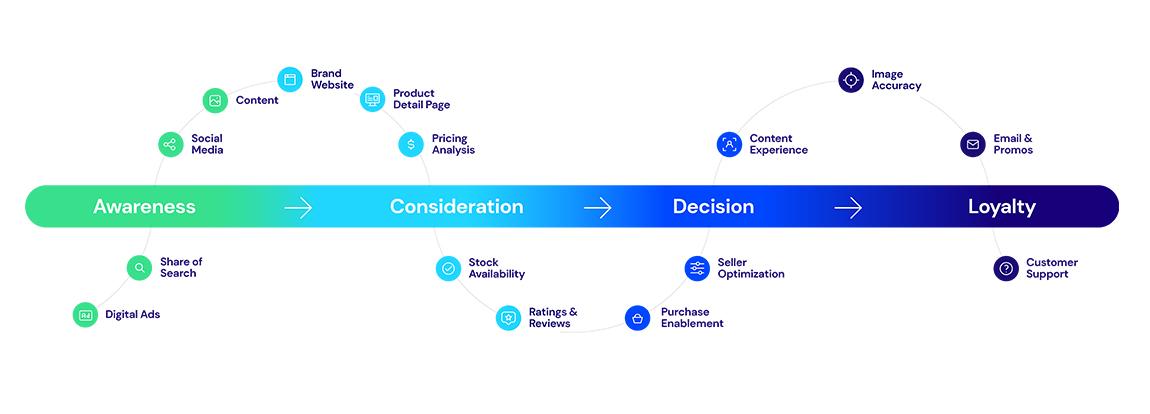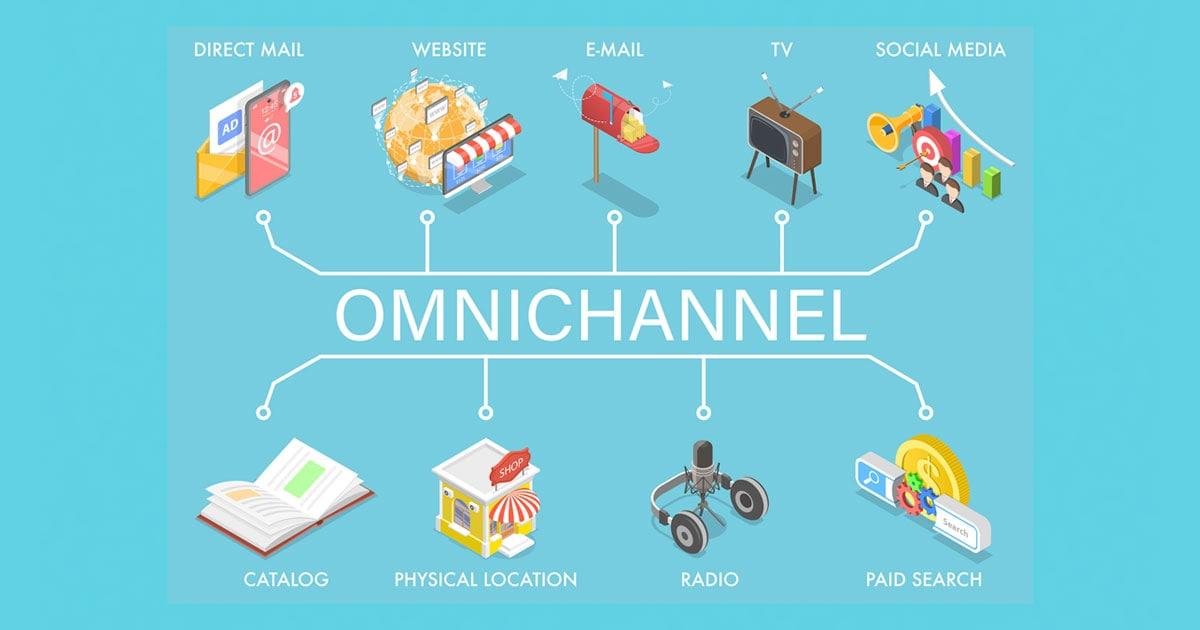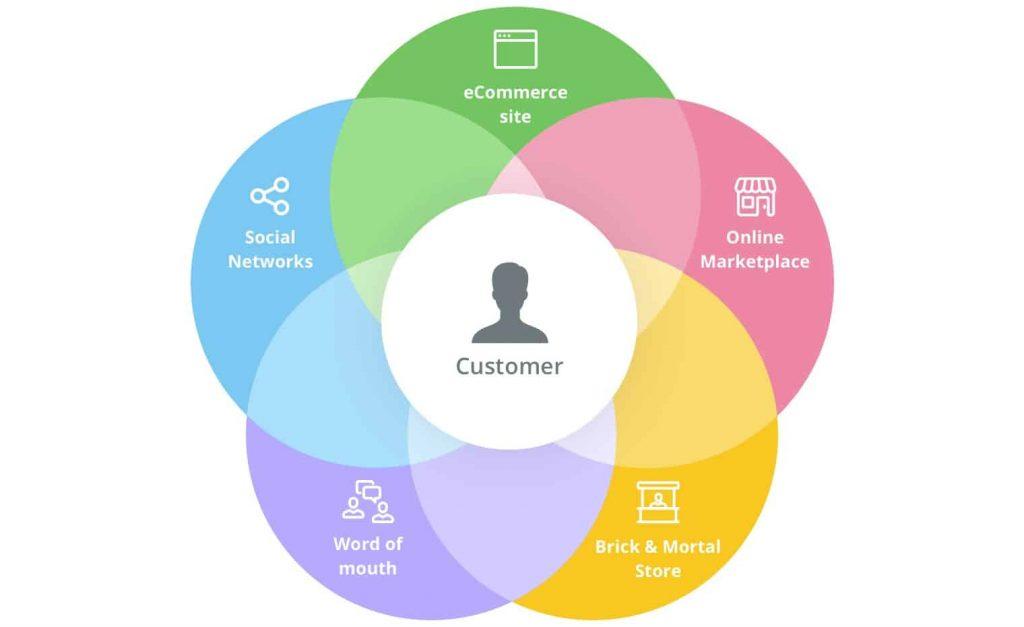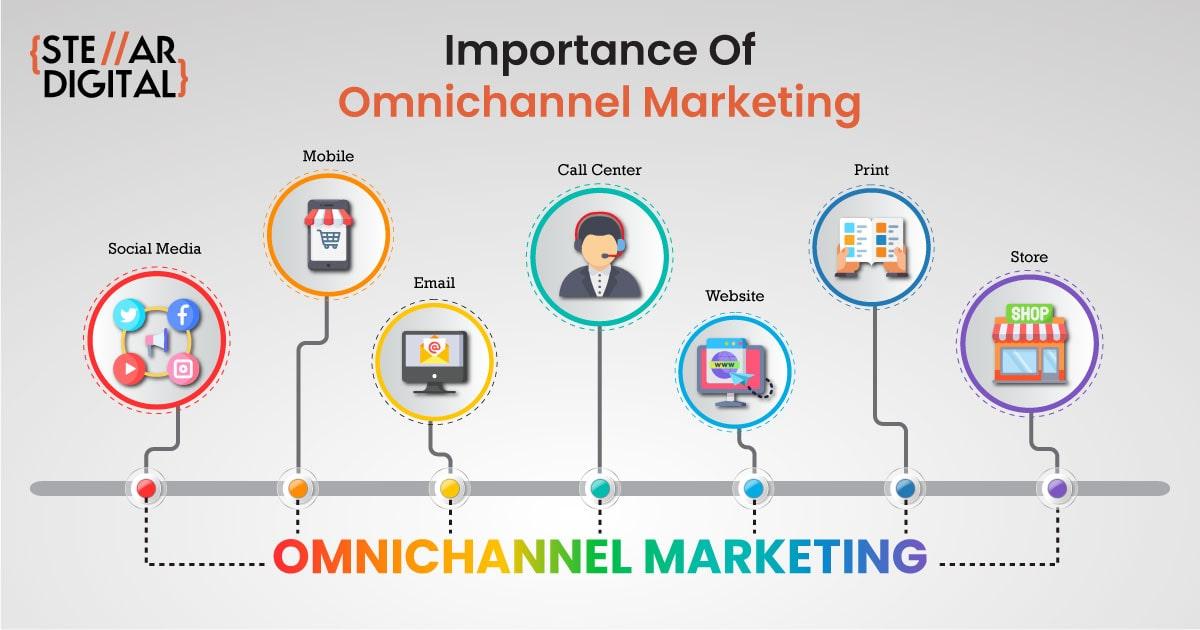In a world where digital and physical experiences intertwine seamlessly, the landscape of e-commerce has evolved into a complex yet exciting arena. At the heart of this transformation lies omnichannel marketing—a strategy that harmonizes various customer touchpoints to create a cohesive and immersive shopping journey. With consumers now expecting personalized interactions and effortless transitions between platforms, mastering the art of omnichannel marketing has become essential for e-commerce businesses striving for success. In this exploration of “Seamless Synergy,” we will unravel the key principles and innovative tactics that empower brands to engage consumers across multiple channels, ensuring that each interaction is not just a transaction, but a crucial thread in the fabric of their overall experience. Join us as we delve into the strategies that can turn fragmented communications into a unified narrative, propelling your brand towards greater customer loyalty and unprecedented growth.
Crafting a Cohesive Customer Journey Across Platforms
In today’s fast-paced, digitally driven world, ensuring that customers enjoy a seamless experience across multiple platforms is vital for e-commerce success. To achieve this, brands must prioritize consistency in messaging and design aesthetics. This can be accomplished by aligning promotional materials and content across all channels, whether it be social media, email newsletters, or the online storefront. When customers encounter a unified brand identity, they are more likely to feel trusted and valued, translating into enhanced engagement and higher conversion rates.
To further enhance the customer journey, consider implementing an integrated approach that leverages customer data across touchpoints. By employing analytics tools, businesses can track user behavior and preferences, tailoring messages and offers accordingly. Here’s a simple table that summarizes key elements to keep in mind:
| Element | Importance | Strategy |
|---|---|---|
| Brand Voice | Builds familiarity | Define guidelines |
| Visual Consistency | Enhances recognition | Uniform design templates |
| Personalization | Increases relevance | Utilize data-driven insights |
By integrating these elements, e-commerce brands can create a cohesive customer journey that not only attracts attention but also fosters loyalty. Emphasizing the importance of an omnichannel strategy ensures that customers can easily transition between different platforms while receiving a coherent and tailored experience.

Leveraging Data to Personalize Experiences in Omnichannel Strategies
In the rapidly evolving landscape of e-commerce, harnessing the power of data is essential for creating tailored customer experiences across all touchpoints. By analyzing customer behavior, preferences, and interactions, businesses can develop nuanced profiles that inform marketing decisions. This personalization may involve:
- Dynamic content adaptation: Offering customized banners and product recommendations based on the user’s past interactions.
- Targeted promotions: Delivering special offers that resonate with individual preferences or shopping behaviors.
- Seamless transitions: Ensuring that users receive consistent messaging and offers regardless of the channel they engage with, be it email, website, or social media.
To facilitate this level of personalization, it’s crucial to invest in robust data management systems that can aggregate customer insights efficiently. The following table outlines key strategies to utilize data for enhanced customer experiences:
| Strategy | Description |
|---|---|
| Behavioral Analytics | Analyzing how customers navigate through channels to identify pain points and preferences. |
| Customer Segmentation | Grouping customers based on purchasing behavior to tailor communication and offers. |
| A/B Testing | Experimenting with different messages or layouts to determine which resonate most effectively. |

Innovative Tools and Technologies to Enhance Omnichannel Integration
As businesses navigate the complex landscape of omnichannel marketing, innovative tools and technologies are vital for creating a seamless customer experience. Customer Relationship Management (CRM) systems have evolved, integrating with social media platforms and e-commerce sites to provide a 360-degree view of customer interactions. This holistic perspective allows brands to tailor their outreach strategies, ensuring personalized communication across various channels. Additionally, Artificial Intelligence (AI) plays a crucial role in analyzing customer data and predicting preferences, enabling marketers to deliver targeted content that resonates with consumers.
Moreover, chatbots and virtual assistants are revolutionizing customer service by offering real-time support across different touchpoints. They can handle inquiries on websites, social media, and messaging apps, creating a consistent support system for customers. To further enhance integration, businesses can leverage tools like API management platforms, which streamline data exchange between different systems, ensuring that information is harmonized and up-to-date. Consider the following table that outlines key technologies and their functionalities:
| Technology | Functionality |
|---|---|
| CRM Systems | Centralize customer data for personalized marketing. |
| AI Analytics | Predict customer behavior and tailor outreach. |
| Chatbots | Provide instant customer support on various platforms. |
| API Management | Facilitate seamless data integration across systems. |

Measuring Success: Key Metrics for Evaluating Omnichannel Performance
To gauge the effectiveness of your omnichannel marketing strategy, it is essential to focus on a range of key performance indicators (KPIs) that reflect both customer engagement and conversion success. Metrics such as customer acquisition cost (CAC) and lifetime value (LTV) are vital for understanding the return on investment from different channels. Additionally, evaluating conversion rates across various platforms can uncover which channels are driving the most sales and where improvements can be made. Tracking customer retention rates will also provide insights into overall satisfaction and loyalty, crucial for sustaining long-term growth.
Another significant factor in measuring omnichannel performance lies in customer behavior analytics. Monitoring metrics like cart abandonment rates and cross-channel engagement can pinpoint areas requiring refinement in the user journey. Here’s a quick overview of essential metrics to consider:
| Metric | Description |
|---|---|
| Customer Acquisition Cost (CAC) | The total cost of acquiring a new customer through various channels. |
| Lifetime Value (LTV) | The predicted revenue generated from a customer throughout their relationship with your brand. |
| Conversion Rate | The percentage of visitors who complete a desired action, such as making a purchase. |
| Cart Abandonment Rate | The percentage of users who add items to their cart but do not complete the purchase. |
Analyzing these metrics provides a more comprehensive view of how customers interact with your brand across different channels. Regularly reviewing these data points allows businesses to adapt strategies quickly, ensuring that marketing efforts are aligned with customer preferences and improving overall customer experience in the ever-evolving landscape of e-commerce.
In Conclusion
As we draw the curtain on our exploration of “Seamless Synergy: Mastering Omnichannel Marketing for E-commerce,” it’s clear that the future of online retail lies in the delicate balance of interconnected experiences. In a realm where consumers navigate effortlessly between platforms, brands must rise to the occasion, creating a cohesive journey that resonates with their audience at every touchpoint.
By weaving together the threads of social media, email, website interactions, and beyond, e-commerce businesses have the opportunity to forge deeper connections and foster loyalty in a way that feels both personal and unified. The essence of successful omnichannel marketing is not merely in the tools and technologies employed, but in the understanding that every engagement is a chance to tell a story—one that invites consumers to participate, share, and ultimately, return.
As you move forward, remember that the heart of omnichannel strategy is not just integration, but also innovation. Stay attuned to emerging trends, listen to your customers, and remain agile in your approach. The journey to mastering omnichannel marketing is ongoing, and those who embrace it will not only thrive in today’s competitive landscape but will also illuminate the path for future e-commerce endeavors.
For every interaction is a stitch in a grand tapestry, and your brand’s narrative is waiting to be woven together. Embrace the synergy, and watch as your e-commerce strategy transforms into a masterpiece of engaging, seamless experiences.



